Improving Water Use Efficiency in Pepper Cultivation: Collaborative Efforts by Gardin Agritech and Bayer Crop Science
By Fabrizio Ticchiarelli-Marjot*, Manuel Jesus Guillen Portillo, Jose Pablo Gonzalez Gonzalez, Jorge Manuel Silva Nunes da Fonseca, Juan Salvador Gongora Gongora, Steven Grundy
* For correspondence reach out to Dr Fabrizio Ticchiarelli-Marjot, Gardin, f.ticchiarelli@gardin.co.uk
April 2024






The growing concern over water scarcity in southern European regions due to shifting climate patterns poses significant challenges for agricultural activities. As highlighted in a recent report from the European Union, countries like Greece, Spain, and Italy are suffering more and more from acute water shortage events. The report estimated that up to 30% of European citizens live in areas with permanent water stress, while 70% in areas with seasonal water stress (Water scarcity report, European Environmental Agency, 2023)
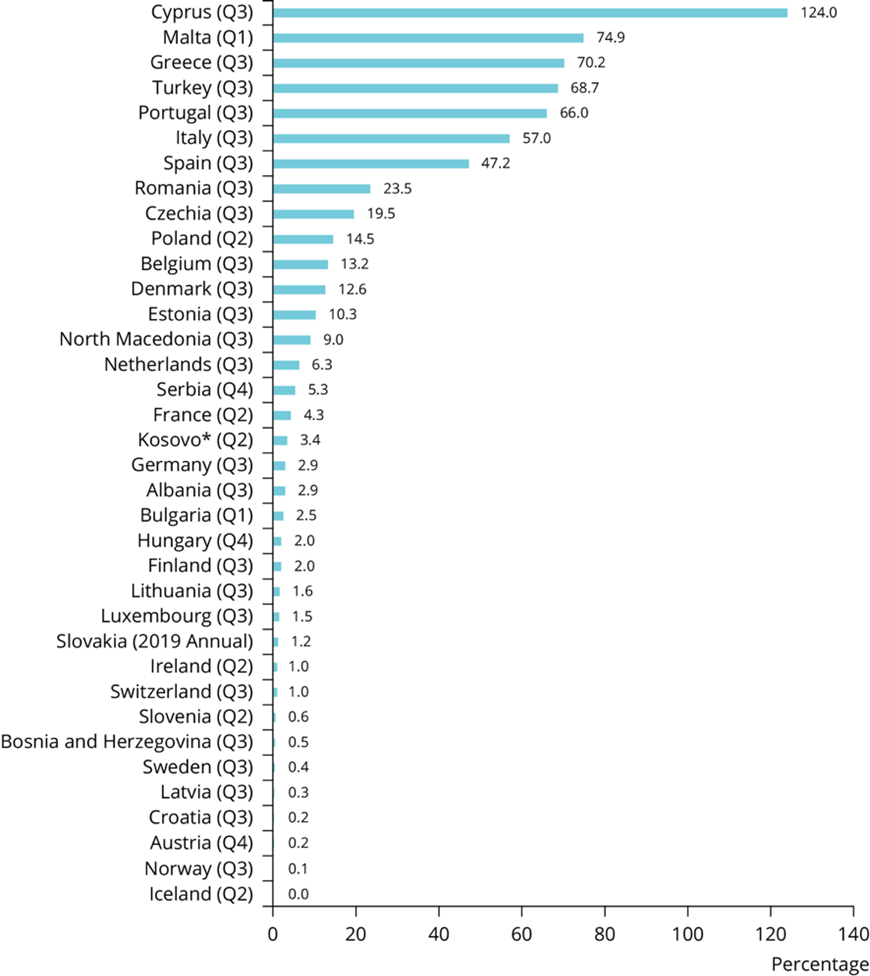
Fig. 1. Worst seasonal water scarcity conditions for European countries in 2019, measured by the water exploitation index plus (WEI+)
The increases in frequency of hot and dry summers have led to tension building up between farmers and local authorities, in some cases leading to unprecedented limitation on the use of freshwater for agricultural uses, in some region of the Iberian peninsula with impact with the daily life: with a 20% reduction to the use of agricultural water and a complete ban on the irrigation of public parks, due to water reserves falling below 16% of their capacity at the beginning of the growth season and crippling droughts in the last year.
In response to these challenges, Gardin Agritech and Bayer Crop Science have decided to partner - utilising Gardin's advanced phenotyping technologies, the collaboration aims to optimize water management strategies while maintaining crop productivity in protected cultivation under plastic cover.
The two companies chose Bayer's Brenes Agricultural Innovation Hub (see Figure 2), in Sevilla, a global leading innovation facility for sustainable agriculture (Bayer turns Seville plant into benchmark for sustainable agriculture, March 2023).
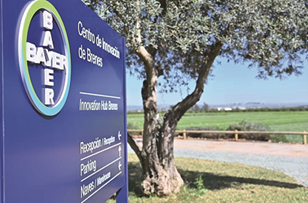
Fig. 2. Bayer CropScience - Research Station Brenes. The site hosts a combination of fruiting crops, cereals and protected cropping.
The collaboration focuses on deploying Gardin's sophisticated sensing solution (Figure 3), capable of real-time monitoring of plant photosynthetic performance, to tailor watering strategies to the plant's physiological responses.

Fig. 3. The Gardin phenotyping sensor - a small device that can be installed anywhere in the farm. It monitors plants several meters away, scanning in any direction and capable of autonomously measuring plant productivity and stress.
Research has extensively shown the suitability of PAM chlorophyll fluorescence for the early detection of abiotic stresses such as drought and heat across a wide range of crops, including both C3 and C4 plants (Arief et al., 2023; Takayama et al., 2011; Woo et al., 2008; Li et al., 2006). This makes the Gardin platform a valuable tool for assessing plant health and water stress levels directly in the farm. By integrating this technology in their practices, Bayer aim to develop targeted irrigation strategies that optimize water usage without compromising crop yields.
The partnership, which started in the summer of 2023, already produced striking results. In the first field trial, three conditions were compared: conventional irrigation, drought-stressed (-50% water), and plots with responsive irrigation schedules adjusted based on Gardin's insights (See Figure 4)
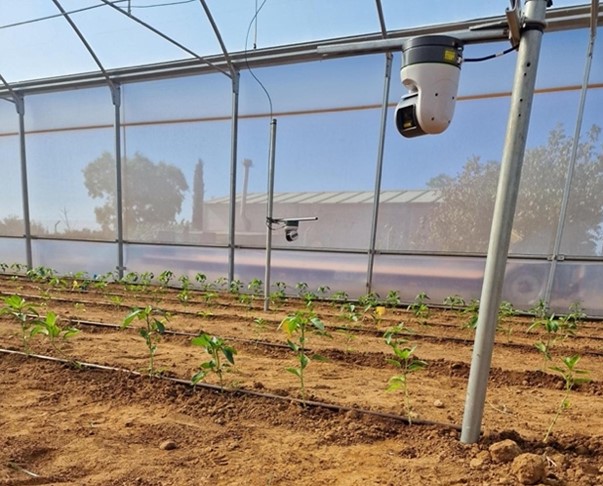

Fig. 4. The trial setup with a close up of the Gardin sensors monitoring the crop.
The results were gathered across two harvests over a period of roughly 5 months. Yield data showed that the droughted plots experienced a reduction of yields of roughly 25% as compared to well-watered controls. In contrast, the crop managed with optimized irrigation schedules maintained yields comparable to control plants (circa 101%). During the trial well watered crops received roughly 2000l of water, as compared to only 1000l for the drought stressed plants (50% reduction). Excitingly, the optimised irrigation schedule only used 1490l of water, a reduction of 25% as compared to controls (See Figure 5)

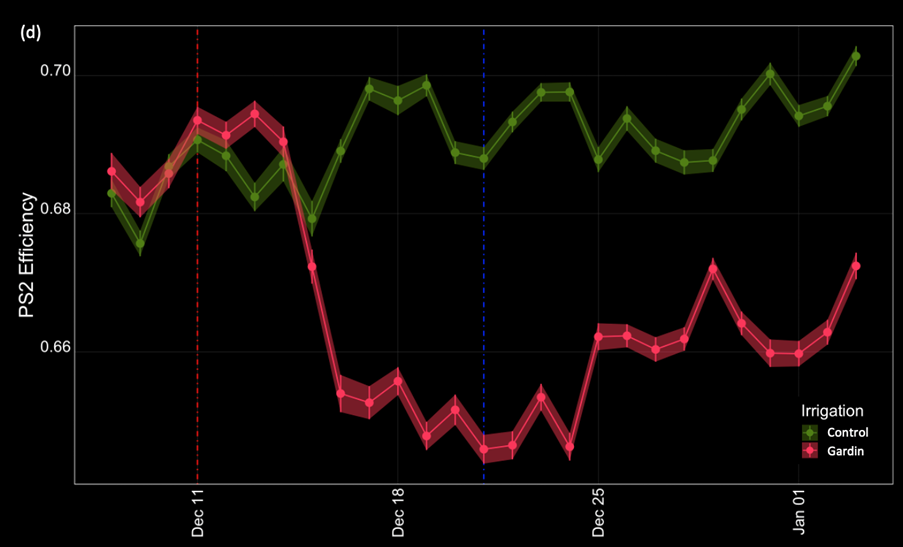
Fig. 5. Summary of results from trial. (a) Total harvest by condition (Kg); (b) Yield in the drought and Gardin treatment groups, expressed as percent of control; (c) Water used in the Drought and Gardin treatment groups, expressed as percent of control; (d) Close up of plant response to drought as measured by the Gardin sensors. Dashed red line - moment drought stress was initiated; Blue dashed line - moment when Gardin recommendation on irrigation strategy was implemented. Controls maintained roughly stable performance throughout the observed period. Gardin treatment responded to interruption of irrigation within 7 days; photosynthetic performance recovered following intervention.
Innovation and sustainability are at the core for Bayer CropScience. Our facilities at the Brenes site are a pioneering centre for the development of new formulations, technologies and strategies to help farmers and under this regard, is open to such sustainable and innovative collaboration with Gardin. Gardin's insights allowed us to maintain high yields while drastically reduce our water consumption at the farm. This technology has the potential to help growers to protect themselves again the effect of adverse weather conditions, all while reducing their water reliance.
The insights produced by the Gardin platform are delivered to growers and researchers via a simple application accessible from anywhere on the web (see Fig. 6). The app, which reports data and alerts in real time, empowers users to monitor trials and the performance of their farms much more flexibly and proactively, ensuring that farm managers take the most timely action when it comes to responding to challenges such as environmental stress.
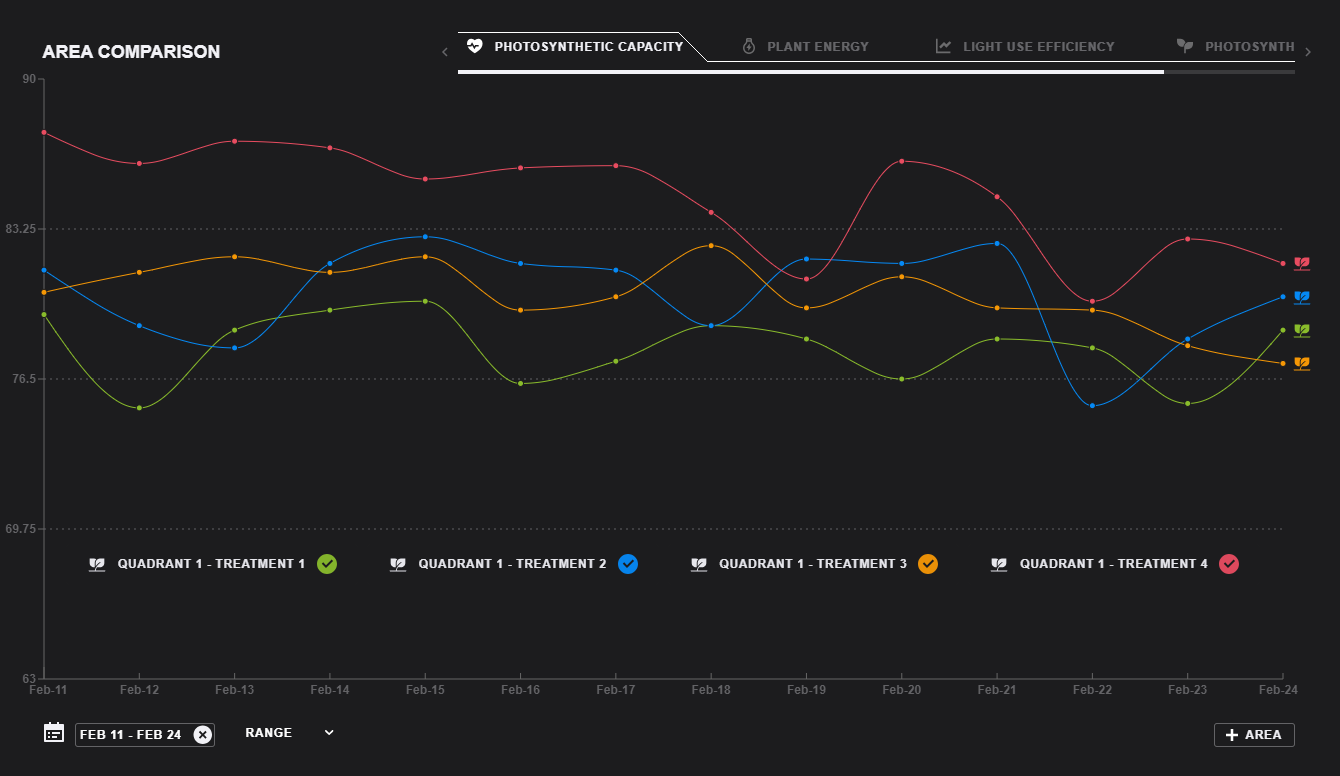
Fig 6. The Gardin web application displaying plant performance information in real time and accessible from anywhere. First - The application allows to compare at a glance the performance of multiple farm areas; Second – Detailed view of plant responses over time.
These findings underscore the potential of precision irrigation technologies in improving water use efficiency in agriculture. By tailoring irrigation schedules based on real-time physiological data measured by the Gardin platform, growers can achieve substantial water savings without compromising productivity.
Dr Fabrizio Ticchiarelli-Marjot, who led this project as Gardin's Lead Biologist said:
"Water scarcity is one of the most pressing challenges faced by the agricultural industry globally, and we are committed to supporting farmers and researchers in identifying novel practices to reduce their environmental impact, while ensuring the food production needed to feed a growing population.
We are thrilled to work with our partners at Bayer CropScience and together spearhead a transition where agronomical practices are driven by physiological changes in real time.
Our aim is to achieve savings of 25% of irrigation water while maintaining yields unchanged, and it will support the thousands of businesses struggling every year to cope with increasingly challenging weather conditions and policy".
Gardin Agritech and Bayer Crop Science, based on the actual achievements, believe that this technology can be refined and scaled for broader applications in agriculture. By continuing to collaborate and innovate, they aim to empower growers with tools and knowledge needed to sustainably manage water resources and ensure the long-term viability of crop production systems in regions experiencing challenging environmental conditions.
In conclusion, the collaboration between Gardin Agritech and Bayer Crop Science represents a significant step forward in addressing water scarcity challenges in agriculture. Through the integration of advanced technologies and scientific expertise, they are paving the way for a more water-efficient and resilient agricultural sector, capable of meeting the demands of a changing climate while safeguarding food security for future generations.
Bibliography
1. Water scarcity conditions in Europe (Water exploitation index plus), 13 January 2023, European Environmental Agency
2. Bayer turns Seville plant into benchmark for sustainable agriculture, Gobierno de España, ICEX Investin Spain, March 2023.
3. K. Takayama, H. Nishina, S. Iyoki, S. Arima, K. Hatou, Y. Ueka, Y. Miyoshi, Early detection of drought stress in tomato plants with chlorophyll fluorescence imaging-practical application of the speaking plant approach in a greenhouse, IFAC Proceedings Volumes, Volume 44, Issue 1, (2011).
4. Rong-hua Li, Pei-guo GUO, Baum Michael, Grando Stefania, Ceccarelli Salvatore, Evaluation of Chlorophyll Content and Fluorescence Parameters as Indicators of Drought Tolerance in Barley, Agricultural Sciences in China, Volume 5, Issue 10, (2006).
5. Woo, N.S., Badger, M.R. & Pogson, B.J. A rapid, non-invasive procedure for quantitative assessment of drought survival using chlorophyll fluorescence. Plant Methods 4, 27 (2008).
6. Arief, M.A.A.; Kim, H.; Kurniawan, H.; Nugroho, A.P.; Kim, T.; Cho, B.-K. Chlorophyll Fluorescence Imaging for Early Detection of Drought and Heat Stress in Strawberry Plants. Plants 2023, 12, 1387.